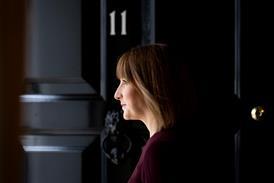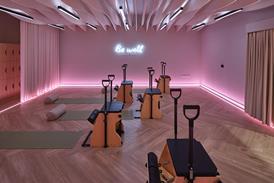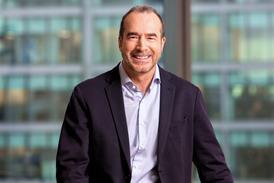Robert Dyas sets out plans after buyout
By Nicola Harrison2009-04-17T00:00:00

Hardware chain Robert Dyas has laid out a three-year strategy to revitalise the business after completing a management buyout last week.
Already have an account? Sign in here
Want to read more?
Register for LIMITED guest access
Register now© William Reed Ltd 2025. All rights reserved.
Registered Office: Broadfield Park, Crawley RH11 9RT. Registered in England No. 2883992. VAT No. 644 3073 52.
Website Terms | Privacy Notice | Cookie Statement | Cookie Preferences
Registered Office: Broadfield Park, Crawley RH11 9RT. Registered in England No. 2883992. VAT No. 644 3073 52.
Website Terms | Privacy Notice | Cookie Statement | Cookie Preferences
Site powered by Webvision Cloud



















